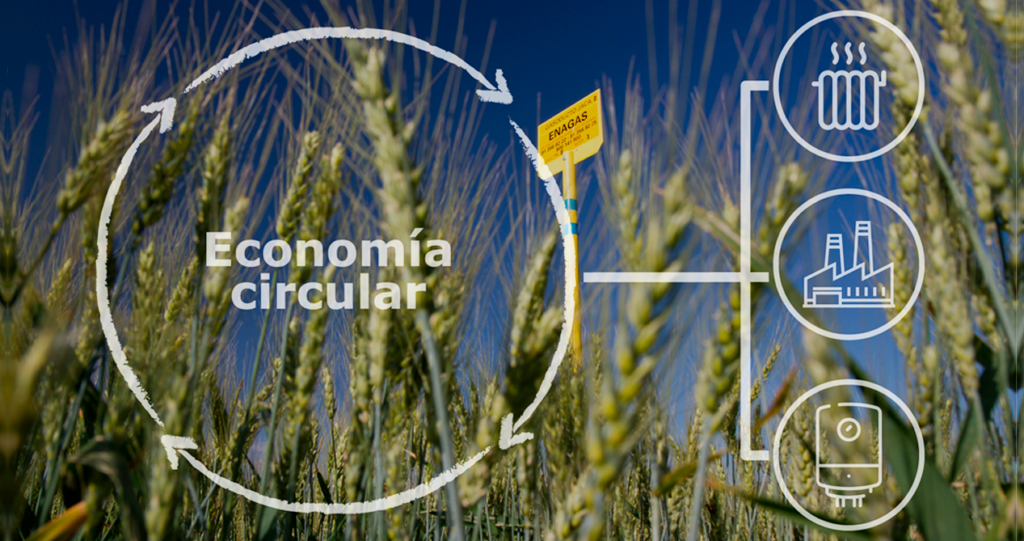Decarbonisation and the drive towards a circular economy require the development of non-electrical renewable energies such as hydrogen or biogas/biomethane. Renewable gases that can be transported through existing gas infrastructure without the need for major investments.
Their use in the infrastructures already developed in Europe for efficient heating systems in buildings, the production of manageable electricity and as fuel in heavy road transport, may reduce greenhouse gas emissions to zero by the middle of the century, according to Gas for Climate study. The use of 270 bcm of renewable gas could save the European continent 140 billion euros a year by 2050.

Biogas/biomethane is green energy obtained from our waste. It is a gas formed mainly by methane and CO2, generated in natural environments or in specific devices, by the biodegradation of organic matter, through the action of microorganisms and other factors, in the absence of oxygen.
Biogas/biomethane is green energy obtained from our waste
This gas, properly purified, can be used to produce electricity through turbines or gas-fired generating plants and can also produce heat in furnaces, kilns, dryers, boilers, heating or other properly adapted systems.
To obtain biomethane, the biogas captured from organic waste undergoes a cleaning process called upgrading. In doing so, various impurities such as CO2 are removed.
Biomethane is a gas with a similar composition to natural gas so it can be injected into the gas pipeline network. It is also used as a fuel for sustainable vehicles, thus reducing the carbon footprint.
In addition to upgrading, biomethane can be obtained by capturing CO2 from other sources, such as industry or thermal generation plants, and combining it with green hydrogen to produce synthetic methane. This process is called Power to gas.
Biomethane is a renewable energy source with continuity rates that are not offered, at the moment, by any other renewable sources.
It should be noted that the introduction of the use of biogas and biomethane contributes significantly to the development of an authentic circular economy, as they are the result of proper waste recovery.